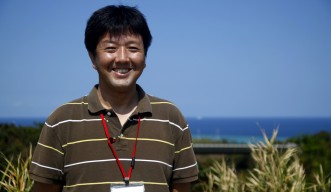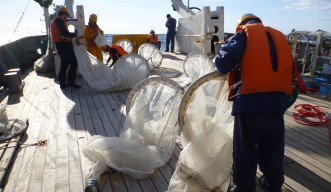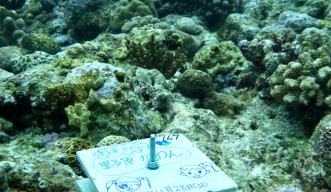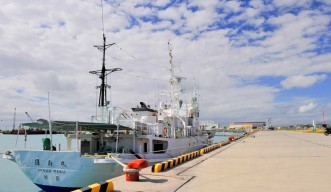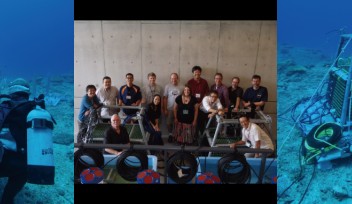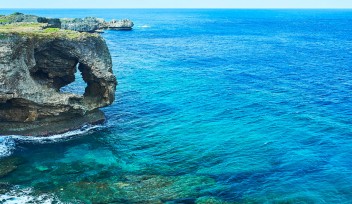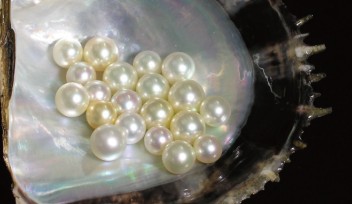The King of Marine Networking
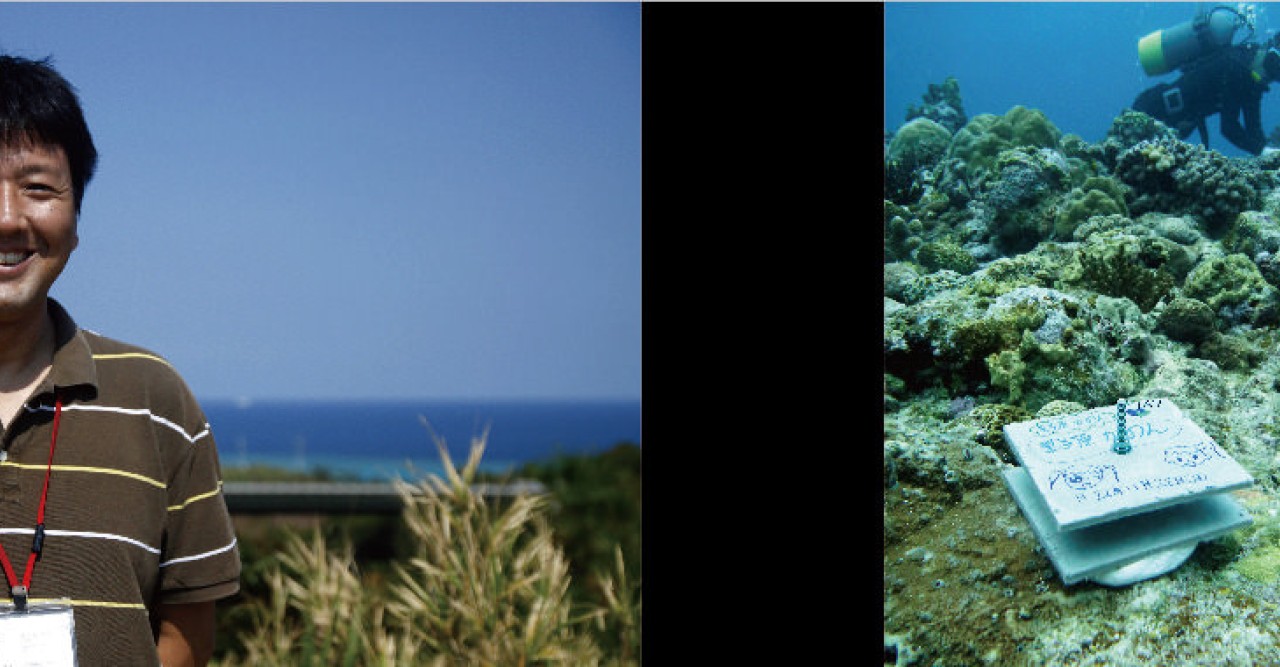
Professor Satoshi Mitarai, head of the Marine Biophysics Unit at OIST, is a master of making friends in all the right places – in his case, leading marine research institutions around the world. Since arriving at OIST in September of 2009, he has formed collaborations with groups at organizations such as the Woods Hole Oceanographic Institution (WHOI), the University of the Ryukyus, the Japanese Coast Guard, the Okinawa Prefecture Ocean Research Center, the Japan Agency for Marine-Earth Science and Technology (JAMSTEC), the Kobe University and the Scripps Institution of Oceanography at the University of California, San Diego. And if you didn’t think that was a mouthful, he has even more collaborations in progress. His initiatives to form global partnerships are in line with one of OIST’s defining central concepts – a commitment to international networking between scientists and their affiliated institutions with the goal to expand research and education opportunities.
While Mitarai is working on a number of specific projects simultaneously, his general aim is to understand how ocean currents affect the marine life of hydrothermal vents and coral reefs located around Okinawa. Just as any proper interdisciplinary researcher would, Professor Mitarai strives to examine this topic in more ways than you can count on both hands including deploying buoys, population genetics, computer modeling, bouncing radio waves off the water's surface, and monitoring physical changes in the ocean in real-time. The diversity of his methodology is a direct result of the number of collaborations he's formed: Each participating group performs different experiments, the combination of which will culminate in an integrated view of how and why hydrothermal vent and coral reef biocommunities thrive or falter.
For example, researchers at WHOI are helping Mitarai establish projects examining the larval dispersal of coral reef and hydrothermal vent species around Okinawa. In exchange, Mitarai has agreed to share his data with WHOI researchers. A large part of this collaboration involves WHOI engineers installing and maintaining equipment they developed that Mitarai will use to monitor variables like temperature, salinity and wave direction near coral reefs around Okinawa in real-time. This long-term project will allow the researchers to better understand the bleaching process some corals in the area are undergoing. Mitarai is also especially excited to be working with scientists at WHOI because they are the global leaders in hydrothermal vent research. However, all this wouldn't be possible if it wasn't for generous grants from the Japanese government and the Canon Foundation.
Finding colleagues among oceanographers at the Okinawa Prefecture Ocean Research Center has certainly paid off for Mitarai as well. Most researchers are fortunate to get the opportunity to go out to sea and collect samples once a year, but Mitarai’s team will have the chance to go out on the Center’s research vessel up to 10 times a year in exchange for sharing his data. After writing a proposal, JAMSTEC scientists have also invited Mitarai and other OIST researchers on their vessel for a joint field survey.
The biggest beneficiaries of these collaborations will be the species associated with hydrothermal vents and coral reefs around Okinawa and the world. By studying ocean currents to better understand the larval dispersal of species living in these unique environments, this will "enable public agencies to build and evaluate marine protected areas," says Mitarai. "Studying hydrothermal vents also gives scientists clues about what life was like right at the beginning."
Specialty
Research Unit
For press enquiries:
Press Inquiry Form










